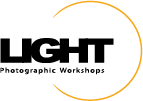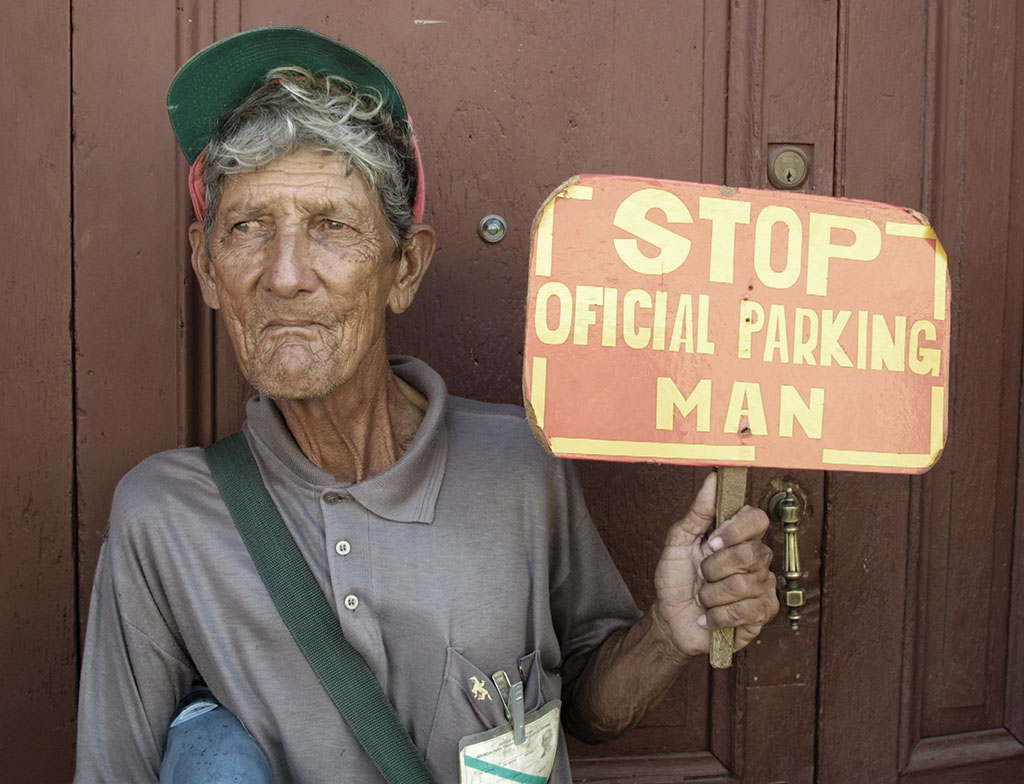So how did I do this? Did I drive a truck onto the dunes? Bring
a big heavy ladder with me? Nope. I used my tripod, but in a unique way that
works very well with digital photography.
I extended the tripod legs to their max, then brought them
together. I set the self-timer of the camera to 10 seconds, set up my exposure
and focus appropriately (in this case, aperture priority and auto focus),
pressed the shutter, then hoisted my camera on tripod over my head. I held it
until the shutter released, then brought it back down.
The great thing about digital for this technique is that you can
instantly see what you got and make revisions. You may need to hold the camera
straighter, aim a little higher or lower, and so forth. In just a few shots, I
had my shot. (I did have to do some minor cropping for a slight straightening
-- it can be hard to get the camera perfectly level when doing this, but then
the Crop Tool in Lightroom makes this easy to fix!).
Obviously, you have to watch your shutter speed doing this or
risk unsharp images due to camera movement during exposure. With a wide-angle
lens, you can shoot at a slower shutter speed and still get sharp images,
though this is inherently an unstable camera position, so you can't go too low.
With a wide-angle like this, it is easy to use f/8 or f/11 to allow a faster
shutter speed, plus I will use a higher ISO as needed, too.
So the next time you are in front of a landscape that is giving
you problems, try hoisting your camera overhead! It can be worth a try just to
see what the landscape looks like from up there.
This last picture includes a shadow of me hoisting that camera
overhead to get some unique views of the tufa formations at Mono Lake that
actually show Mono Lake as part of the scene.
-Rob Sheppard
www.robsheppardphoto.com
blog at
www.natureandphotography.com
robsheppard@earthlink.net
















